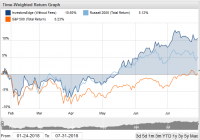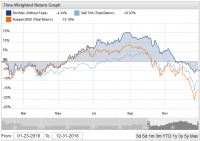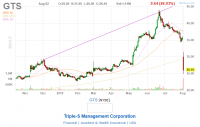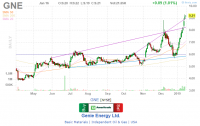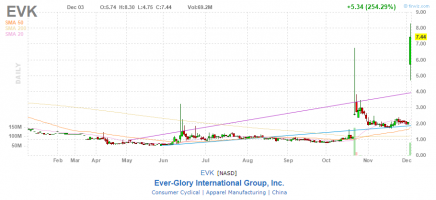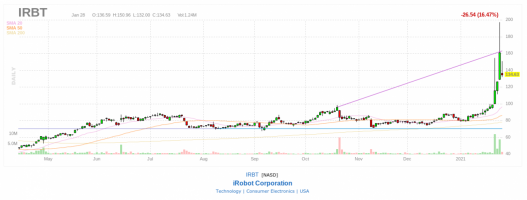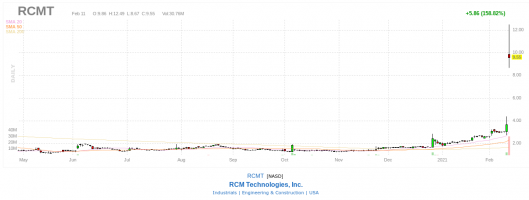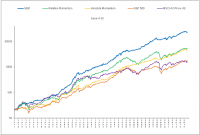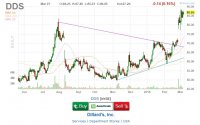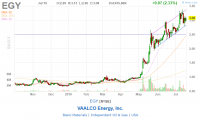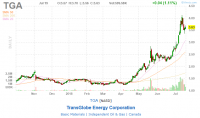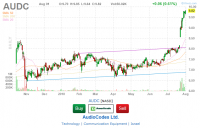A few months ago I bought and read the book Stocks on the Move: Beating the Market with Hedge Fund Momentum Strategies, by European fund manager Andreas Clenow.
Basically, the premise of the book is to buy top-performing stocks and sell them when they cease to be top-performing stocks and then use the cash generated from the sales to buy the now current top-performing stocks. Investing in this manner will align your portfolio with the macro trends and hot sectors in the marketplace.
I coded up the system described in the book as a starting point and added some twists and mods to suit my trading style. The strategy as I designed requires only a few minutes once every two weeks to manage. The yearly returns are all over the place but the average CAGR as tested is just under 35% per year.
I plan to take this live soon and will post updates on the portfolio and performance here.
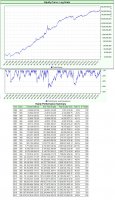
Basically, the premise of the book is to buy top-performing stocks and sell them when they cease to be top-performing stocks and then use the cash generated from the sales to buy the now current top-performing stocks. Investing in this manner will align your portfolio with the macro trends and hot sectors in the marketplace.
I coded up the system described in the book as a starting point and added some twists and mods to suit my trading style. The strategy as I designed requires only a few minutes once every two weeks to manage. The yearly returns are all over the place but the average CAGR as tested is just under 35% per year.
I plan to take this live soon and will post updates on the portfolio and performance here.

Dislike ads? Remove them and support the forum:
Subscribe to Fastlane Insiders.
